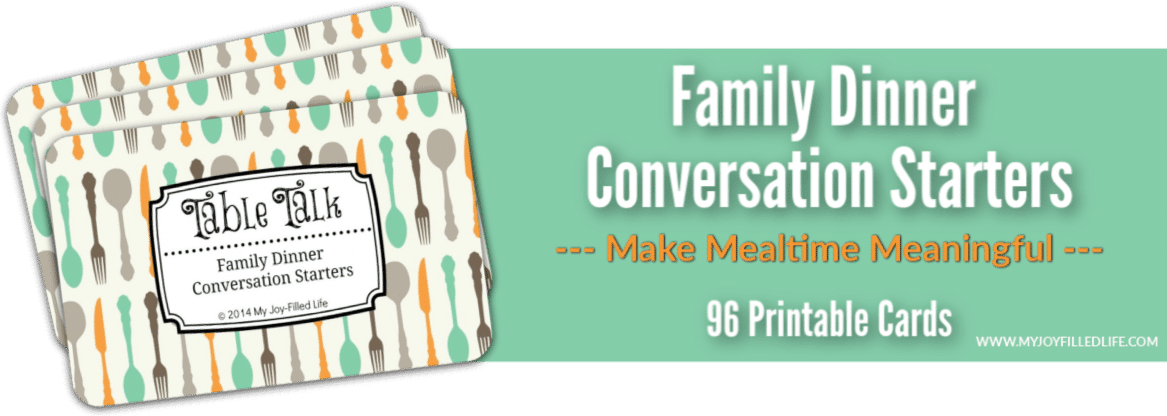I’ve never had the experience of homeschooling only one child. My children are so close in age that by the time we reached the school years, I had a first grader, kindergartner, toddler, and infant. Life was always busy. Many homeschool moms have multiple children- some many children!- and you’ve likely felt the overwhelm that can come when you’re managing multiple ages while homeschooling.
So, what’s a homeschool mama of multiple children to do? How can she balance the needs of multiple children? If you’re trying to homeschool with multiple ages of children, these five tips will help you maintain your sanity and homeschool successfully.
5 Tips for Managing Multiple Ages in Your Homeschool
Be realistic when making plans.
Do you envision homeschooling days that run perfectly according to schedule? Do you imagine that you will have a structured, flowing schedule that accounts for every minute of the day and has every child- and you- doing something productive in each and every one?
Mama, accept the fact that this isn’t going to happen. You can have a flexible schedule (more on that later), but you have to be realistic. Children get sick. They argue. They become entrenched in a math problem and can’t seem to “get it” and move on. Your plans aren’t likely to flow as smoothly as you wish. And if you are realistic about this, you’ll be less likely to be frustrated.
Have routines in place to help your day run more smoothly.
Although a strict schedule may cause you frustration when it seems to fall apart in front of you, regular routines, a flow to your day can help things to run more smoothly. When you follow a routine, your children know what to expect.
They know when you’ll be working with them, when they’ll work independently, when they’ll have a break and free time, and what is expected of them throughout the day. These routines will give some structure to your day but still allow for flexibility when things- inevitably- disrupt your regular plans.
Do as many subjects together as you can.
Grade levels are a construct devised by the school system to put children in groups with their peers to make teaching them easier. But homeschooling allows us to move away from the idea of always putting children in a certain “grade.” Instead of dividing children into grade levels for every subject, do as many subjects together as possible.
Bible, science, history, and literature are all subjects that can allow for multi-age learning. You can study the same history time period, the same science concept, the same Bible study or the same literature book for all ages, but children can respond and do work based on their ability level.
Of course, in some subjects – math and reading particularly- children might need to be divided by ability level to make it possible for you to work with them individually on skills. But if you’re combining as many subjects as possible, you’ll make things easier for yourself.
Work with younger children first; then move to older kids.
Older children usually have the attention span to wait on your help while younger children may easily lose focus if they have to wait. So for subjects that have to be done individually, start off working with younger children, giving older children work that they can likely do independently. Then move to helping the older children after the younger children are through and can go and play.
What has always worked best for my family is to do the subjects that we’re doing together as a family first, then divide up for independent work with me helping younger children first and then older children as needed. This has helped the younger children finish and have the freedom to move on sooner and has helped the older children to develop the ability to work independently.
Utilize video and online resources for older kids when possible.
Online classes have been a tremendous help in our homeschool family. Having a child use a video-based or self-directed homeschool class means that the child can be completing work with online guidance while I’m working with another child. So the older child is still getting instruction. The instruction is just coming from another teacher, not me. There are many online class options available to homeschoolers, and some of them are free or very inexpensive.
Live classes are a little more expensive, but they are also very helpful when you have multiple children that you are homeschooling and subjects that you want or need to outsource. My high school girls have been using a live, online math class this year, and it’s been such a help to me. They are getting real, live instruction and help from an actual teacher- and it’s not me.
Managing your homeschool with multiple ages of children is possible. And it doesn’t have to leave you constantly feeling frustrated and overwhelmed. Try these tips to bring some balance and peace into your homeschool days.
 Leah Courtney is a child of God, wife, mother, and homeschooling mama. She’s homeschooled four children since birth, and is now the mother of two homeschool graduates. In her (very rare) free time, Leah loves to read and color complicated pictures while listening to audio books. You can find her blogging at As We Walk Along the Road where she’s posting literature-based homeschooling resources and encouragement for other homeschooling mamas. You can follow Leah on Facebook, Twitter, Pinterest and Instagram!
Leah Courtney is a child of God, wife, mother, and homeschooling mama. She’s homeschooled four children since birth, and is now the mother of two homeschool graduates. In her (very rare) free time, Leah loves to read and color complicated pictures while listening to audio books. You can find her blogging at As We Walk Along the Road where she’s posting literature-based homeschooling resources and encouragement for other homeschooling mamas. You can follow Leah on Facebook, Twitter, Pinterest and Instagram!







